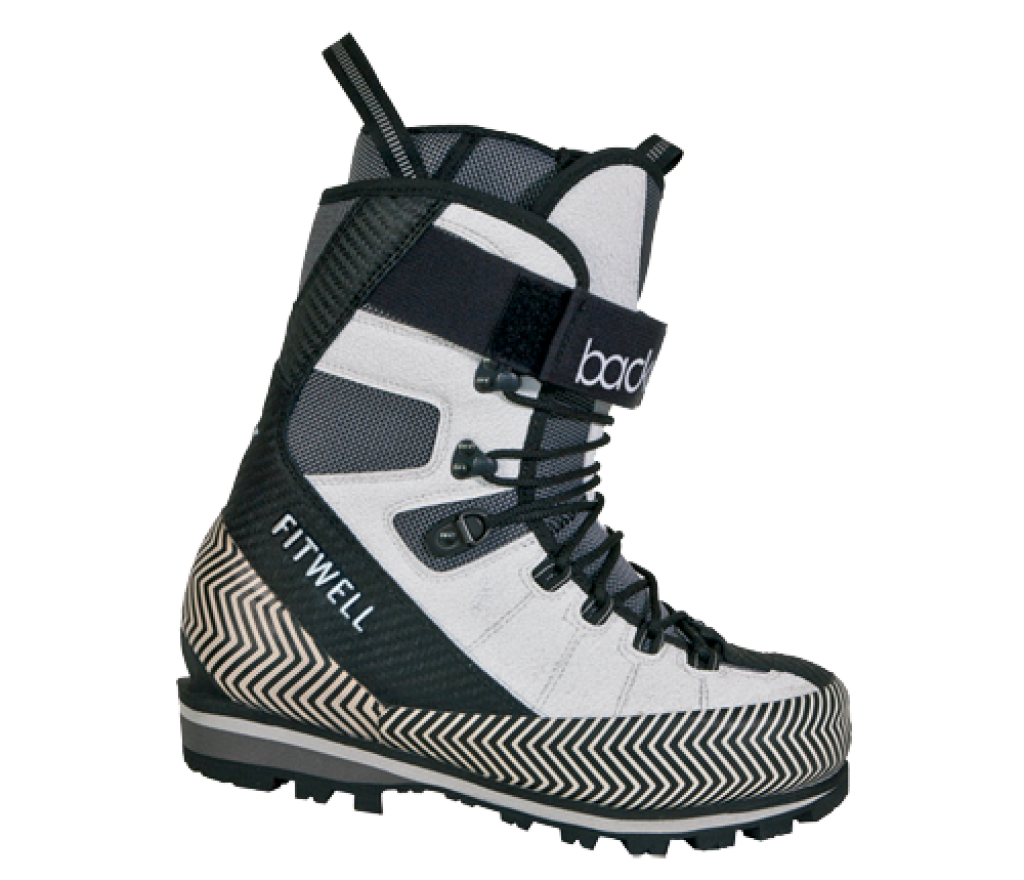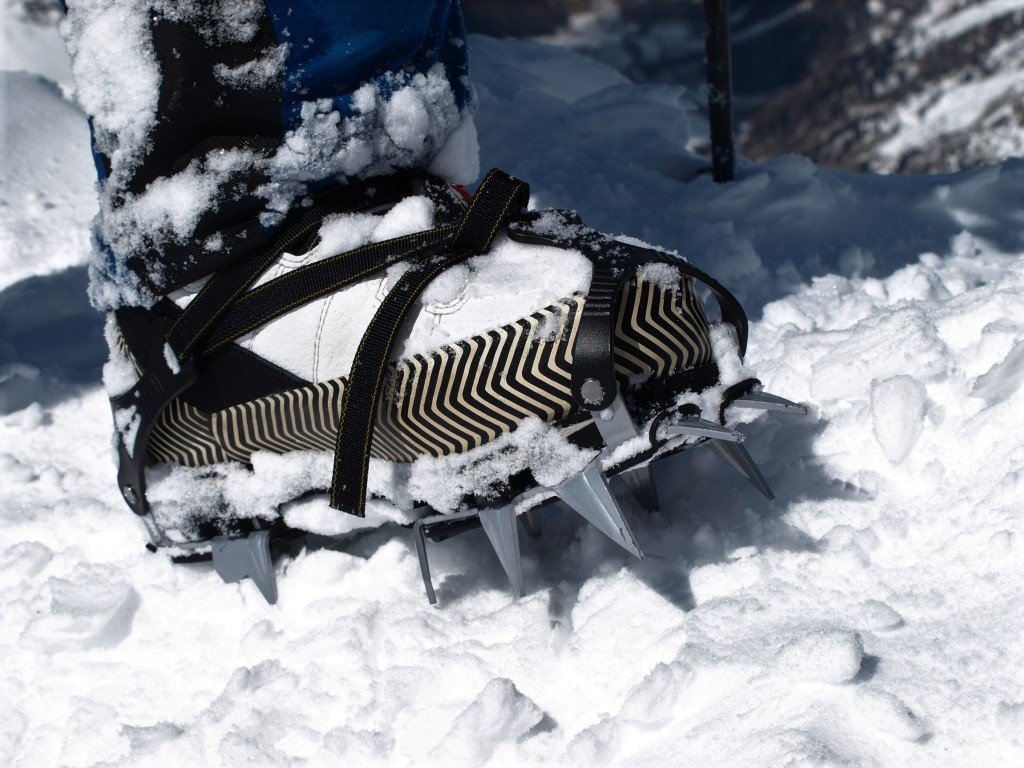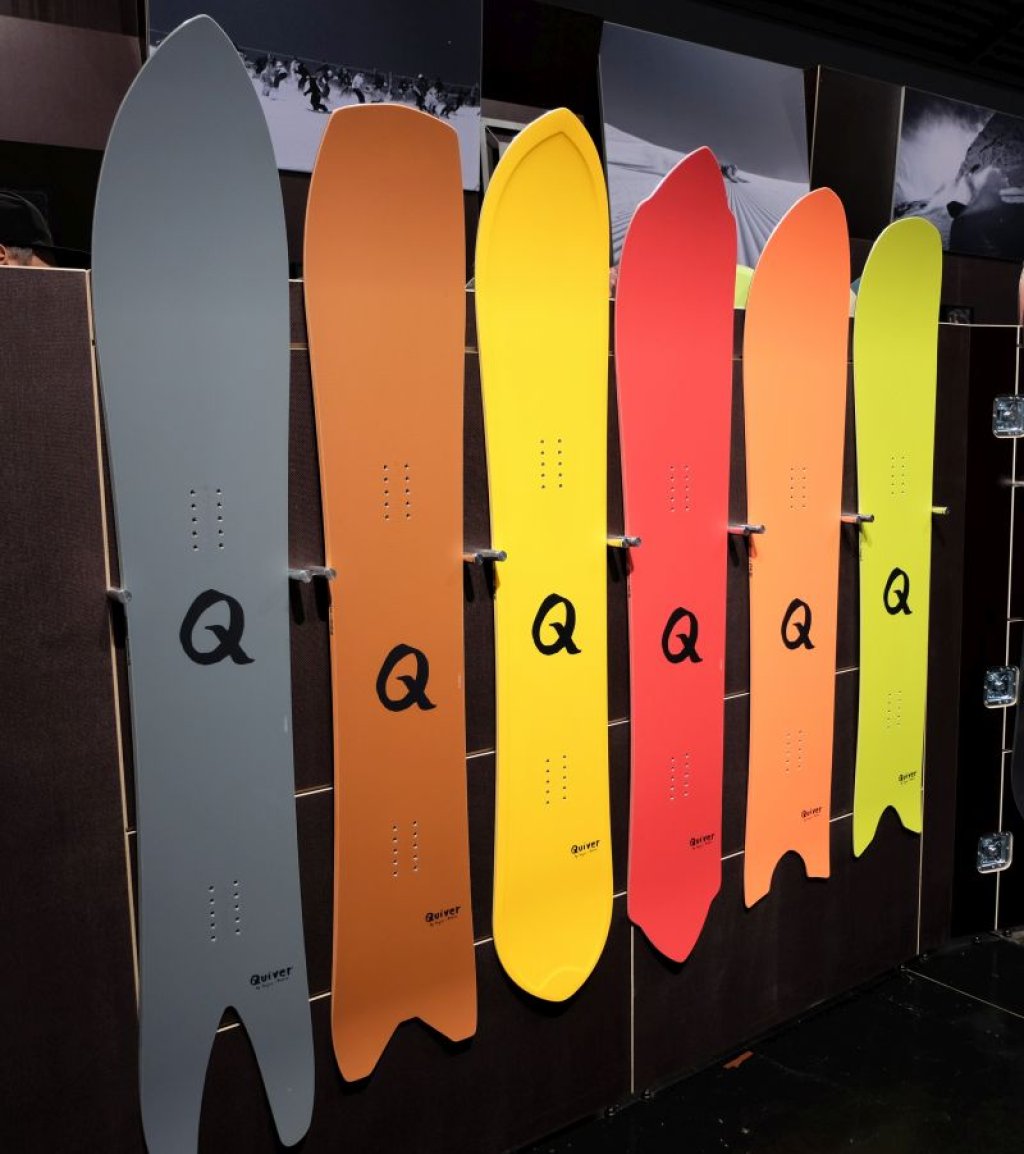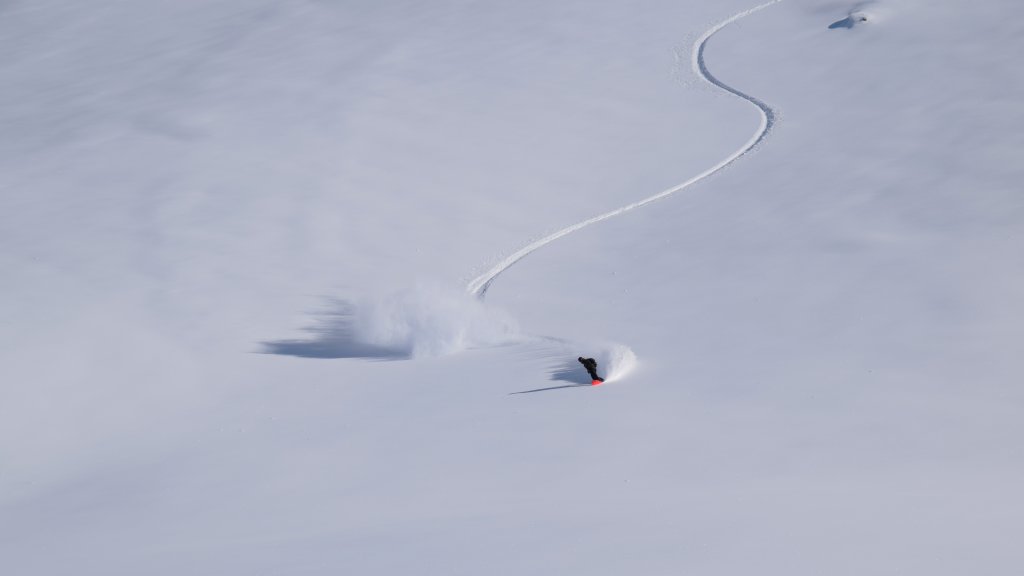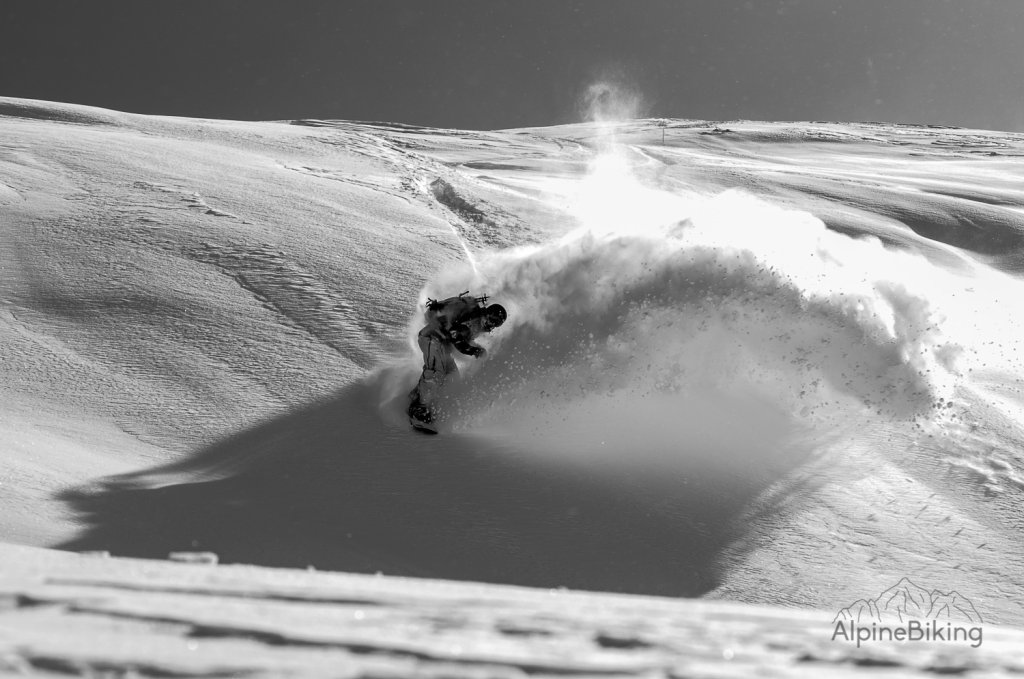Why - some readers may justifiably ask - is there only one test to read now? One answer is: The ways of marketing are unfathomable and sometimes come to nothing. Another, more functional answer is: Because the boot is one of the few snowboard boots that has a proper mountain sole and has pretty much everything a touring boot needs.
First impression
Wow, the boot feels high-quality. The zebra look may take some getting used to at first, but you soon get used to it in everyday use. Very good quality at first glance, you can tell that someone knows their footwear trade. To be honest, that's what I expected - if the Italians can't do it, who can? The first time you put them on your feet, you start to doubt whether you're really serious about snowboarding. You feel like you're standing in concrete. Phew, this is by far the hardest snowboard boot I've ever worn.
Tester and test conditions
I'm 173cm tall, weigh 70kg and have been riding splitboards for a long time. I have used the Fitwell both in the area and on (multi-day) tours. From broken snow to artificial snow slopes to the beloved powder, everything was there in terms of snow. I have uncomplicated feet about 27 cm long, which normally leads to shoe size 27 or 42. With Fitwell, I have a size 28, which can be problematic with larger shoe sizes.
Test report
The shoes weigh approx. 1400 grams per shoe in size 28 and are therefore on the heavy side in terms of weight. Heavy duty, so to speak. With a different inner shoe - more on this below - I get 1300 grams per shoe, which is acceptable.
Outer shoe
My shoe has a sole length of 295 mm in size 28. The lacing (normal laces) works without any problems, the hooks in the upper area are easy to lace up (hooks are not bent too far) and the clamp blocking for the lower shoe area does what it should.the workmanship is first class and no real signs of wear can be seen even after approx. 40 days of use. The white stripes in the zebra look have turned a little yellow due to a few muddy expeditions - who cares? Otherwise, everything is piccobello.
